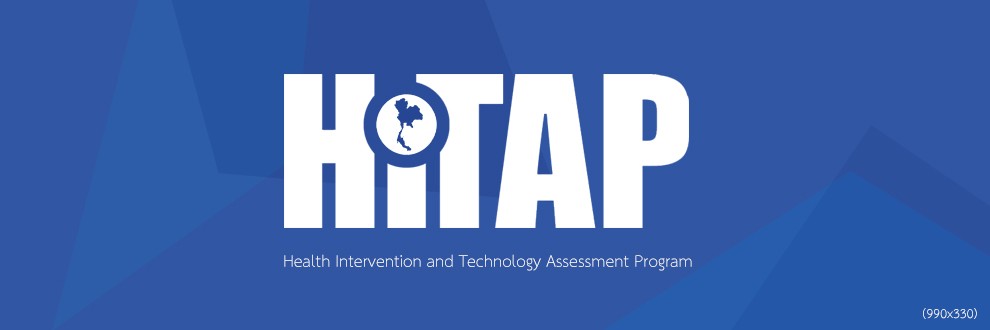Project Summary
Background:
Excessive intake of sodium is associated with elevated blood pressure, a risk factor that contributes to non-communicable diseases such as hypertension, chronic kidney disease, cardiovascular diseases, and stomach cancer. Interventions and policies to control population-wide salt intake have been shown to reduce sodium consumption and blood pressure. However, it is uncertain that public health policies from developed setting will be worthwhile and applicable to the Thai context. The objective of this study was to estimate the cost-effectiveness of policy options for dietary sodium intake control in Thailand.
Methods: A population-based Markov model was constructed to estimate the costs and health outcomes in terms of quality-adjusted life-years (QALYs) of policies—food subsidy, nutrition labelling, voluntary reformulation, mandatory reformulation, health communication, and sodium taxation—compared with the current situation. Cardiovascular disease (including hypertension, coronary heart disease (CHD), cerebrovascular disease (stroke) and heart failure) chronic kidney disease (CKD) and stomach cancer were included in the Markov model. The societal perspective and lifetime horizon were applied. All input parameters were obtained from secondary data sources. The cost-effectiveness threshold of 160,000 THB per QALY gained was used as the threshold to determine the value for money of each policy option. One-way and probabilistic sensitivity analyses were performed to estimate parameter uncertainty.
Results:
From a societal perspective, the healthcare costs and direct non-medical costs were estimated to be around 2.28 billion THB over 10 years for the current situation. The costs of policy interventions have a very small fraction (3 - 62 million THB) compared to direct medical costs and direct non-medical costs. On average, sodium reduction policies saved 1,103 up to 12,420 THB per person and increase health outcomes 0.0247 to 0.1381 QALY. Therefore, all policy options for dietary sodium-intake control dominated the current situation. Health communication, mandatory reformulation and sodium taxation averted more death and gained more QALY compared to the other three policies. From the probabilistic sensitivity analysis results, nutrition labelling is being the most cost-effective interventions at a cost-effectiveness threshold of 50,000 THB per QALY gained and health communication becoming the most cost-effectiveness interventions at a higher cost-effectiveness threshold.
Discussion: Though the cost of policy interventions was from the literature review and the cost estimation for sodium taxation did not include costs incurred by the food industry nor any from other sectors than healthcare. The profit and loss from nutrition labelling, reformulation and taxation were not counted. Also, it did not estimate the deadweight loss from consumer and producer surplus nor the tax revenue. The study suggested that any sodium reduction intervention of up to 2,900 million THB a year would still be considered as cost-saving.
Conclusion
All policy options for dietary sodium-intake control were cost-saving and the best buy interventions include health communications, mandatory reformulation, and sodium taxation.







 Full Report: A cost-utility analysis of policy options for dietary sodium intake control in Thailand
Full Report: A cost-utility analysis of policy options for dietary sodium intake control in Thailand
